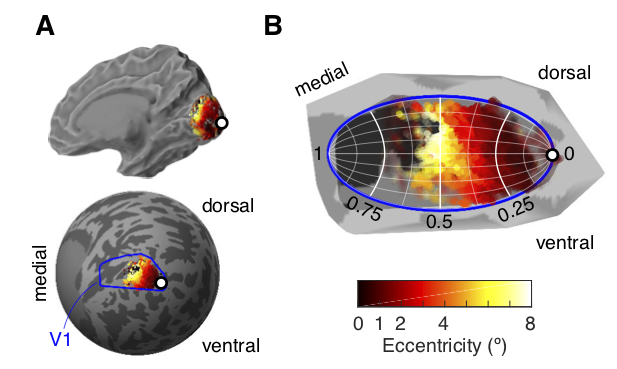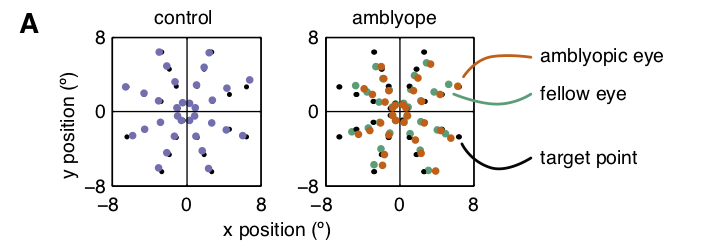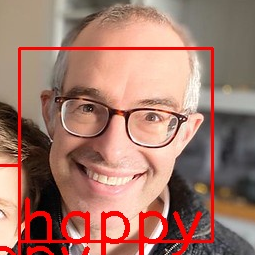Neural adaptation to ocular misalignment
This PhD project combines exciting experimental studies with state-of-the-art neuroimaging techniques. The work will be based at the University of Nottingham and will draw on significant experience in neuro-ophthalmology from our colleagues in Leicester. The project provides excellent training opportunities in translational neuroscience and the successful applicant will join an active research group (with a vibrant community of fellow graduate students and post-docs).
Supervisors
- Professor Paul V. McGraw University of Nottingham
- Dr Denis Schluppeck University of Nottingham
- Professor Irene Gottlob University of Leicester
- Professor Sue Francis University of Nottingham
How to apply
Informal enquiries can be sent by e-mail to Paul McGraw paul.mcgraw@nottingham.ac.uk
Formal applications should be submitted via the MRC IMPACT website:
https://more.bham.ac.uk/mrc-impact/phd-opportunities/
Details about the project
Topographic maps associated with anomalous retinal correspondence
Anomalous retinal correspondence (ARC) is a neural adaptation to ocular misalignment (strabismus) in which non-corresponding retinal points are linked in the visual brain to support binocular fusion. This adaptation allows patients with strabismus to avoid double vision and visual confusion, but is a major barrier to successfully restoring binocular vision. ARC necessitates the reorganization of spatial maps associated with each eye under habitual binocular viewing. However, we have little understanding of where in the brain this reorganization takes place.

This project will look at topological map reorganisation in a number of candidate areas. First, we will ask if the reorganization takes place in the primary visual cortex (V1), where the inputs from the two eyes are first combined. If not present there, we will examine other regions in extrastriate cortex and sub-cortical structures using ultra-high field fMRI. In the same patients, we will measure maps of space using a new approach based on the perception of motion generated when noncorresponding retinal regions are stimulated. The ultimate aim is to deliver a new understanding of the neurophysiological mechanisms of ARC, with the potential to transform how strabismus is managed and for restoring or maintaining binocular vision following strabismus surgery.

